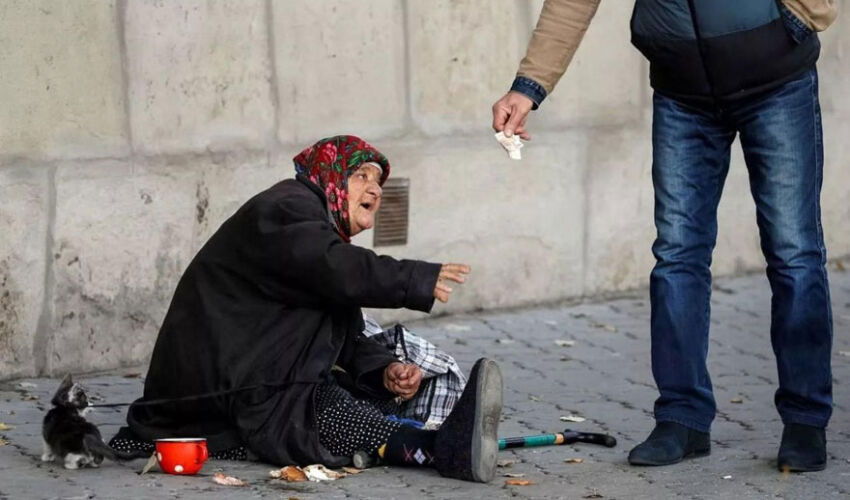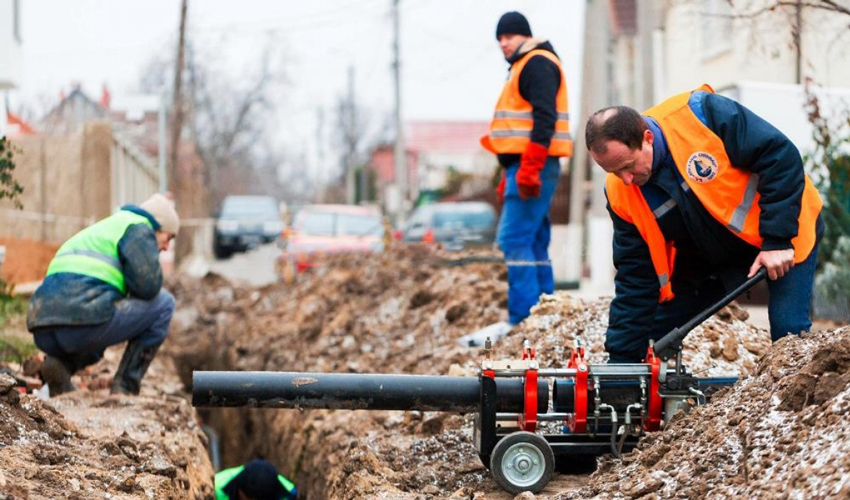
In Moldova, the concept of absolute (monetary) poverty, based on the population’s expenditures on the minimum consumer basket, has been used for official assessments so far. The calculation of average per capita expenditures determined the value thresholds of the official absolute poverty line.
“The absolute poverty line does not allow to fully assess the scale of poverty, the complexity and multidimensional nature of this phenomenon,” says Oleg Kara, Director General of the NBS. – Nowadays in many countries such a concept as poverty is defined not only by monetary consumption. A comprehensive approach to assess the factors affecting the standard of living in Moldova is more informative. It is related to availability of medical services, coverage of primary and secondary education, provision with adequate living conditions (housing, heating, water use), employment. These indicators were selected for the measurements, which are available as experimental data from the NBS starting in 2022. Monetary and multidimensional poverty are two independent statistical measurement systems and they will be present in Moldova in parallel”.
According to the data presented, in 2024, the multidimensional poverty rate is 25.6%, which represents the proportion of the country’s population that is multidimensionally poor. In other words, people experiencing deprivation in at least 35% of the weighted indicators when measured. This indicator, also known as the ‘multidimensional poverty rate’, is down 0.9pc from 2023 and 1.9pc from 2022.
The intensity of multidimensional poverty was 46%, which means that among the 25.6% of the population identified as multidimensionally poor, the average degree of deprivation by weighted indicators reached 46%. In 2022, the degree of deprivation experienced by the poor was not much higher at 46.5%. In other words, almost half of the poor have little chance of crossing the multidimensional poverty line.













